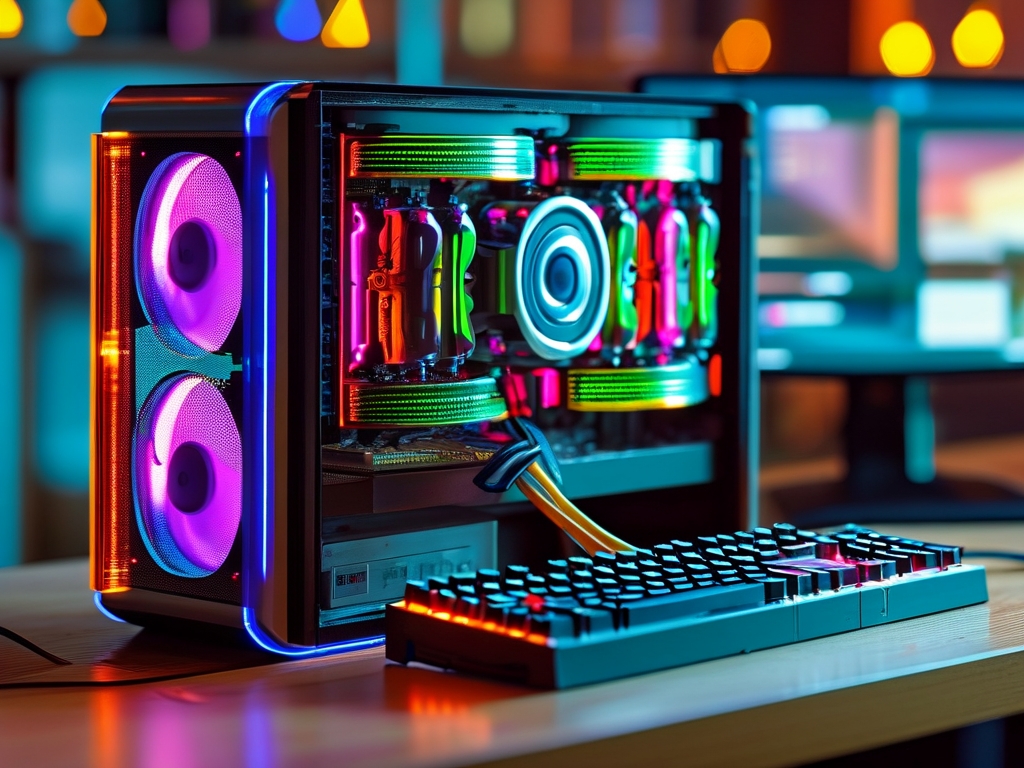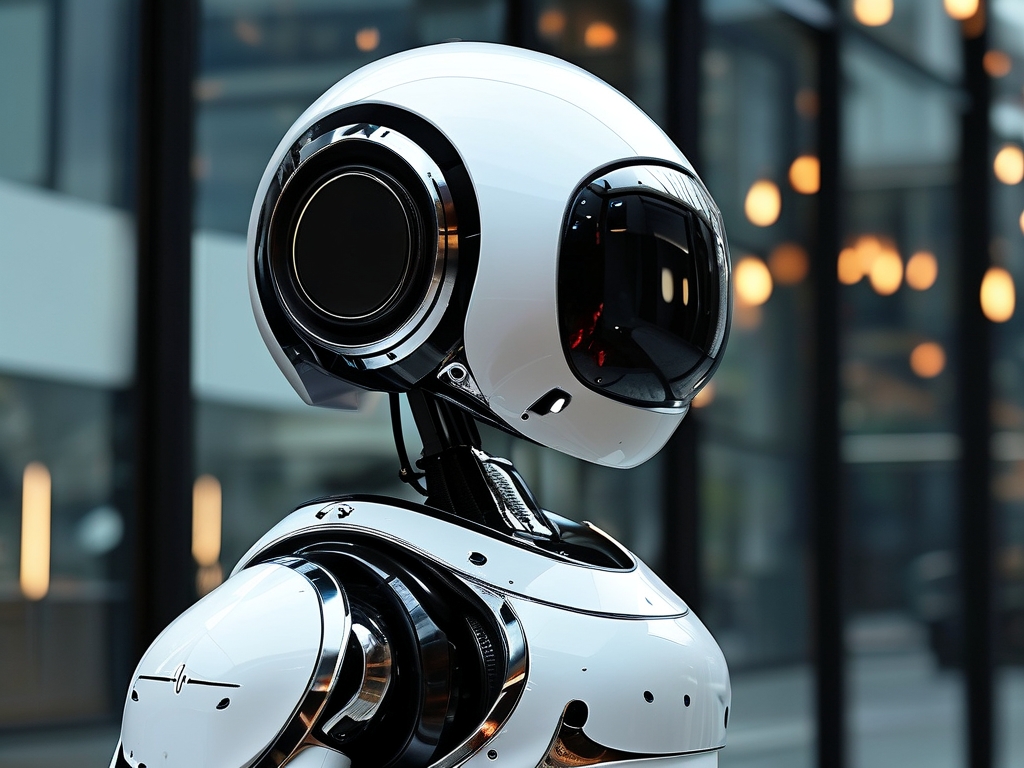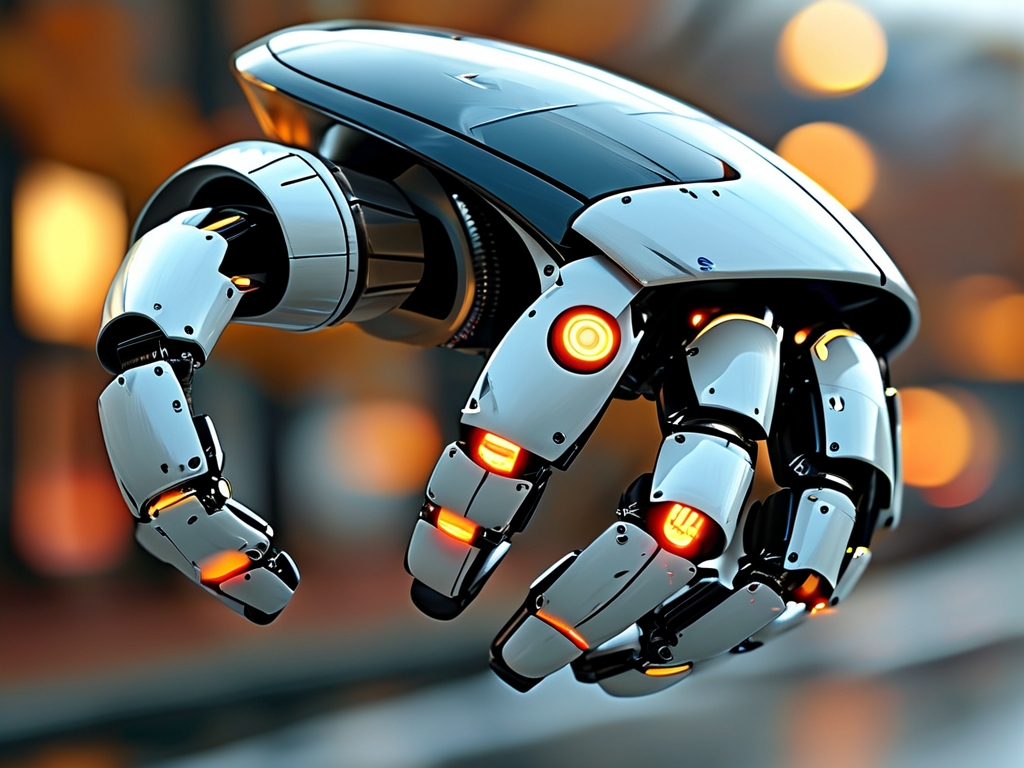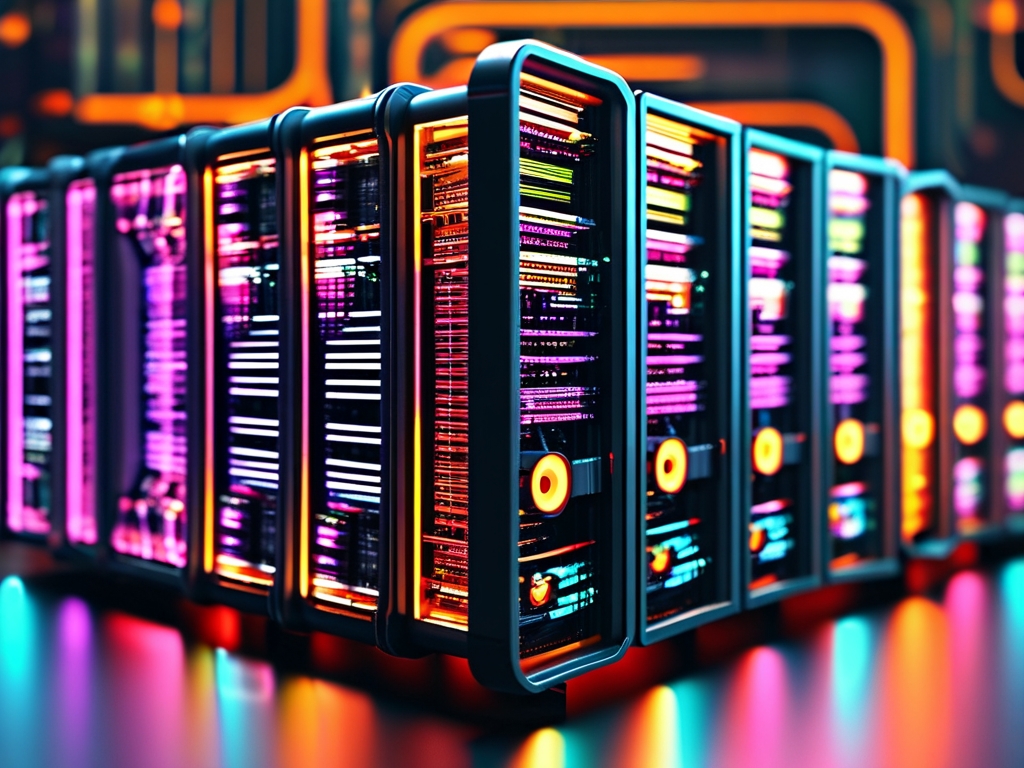In an era where data generation outpaces Moore's Law, the emergence of the 300-terabyte (300TB) memory computer stands as a watershed moment in computational history. This technological marvel not only redefines the boundaries of hardware capabilities but also unlocks unprecedented opportunities across industries—from artificial intelligence to astrophysics. Let us explore how this innovation works, its transformative applications, and the challenges it presents.

Breaking Down the 300TB Memory Architecture
Traditional computers rely on hierarchical memory systems, combining limited-capacity RAM with slower storage drives. The 300TB memory computers this model by integrating revolutionary non-volatile memory technologies. At its core lies a hybrid architecture leveraging:
- 3D-stacked memory modules: Using advanced semiconductor techniques, thousands of memory layers are vertically stacked, dramatically increasing density.
- Photonics-based interconnects: Light-speed data transfer between memory units eliminates bottlenecks.
- Neuromorphic design: Inspired by the human brain’s efficiency, this system enables parallel processing at scales previously unimaginable.
Such a configuration allows the computer to store the equivalent of 60 years of continuous 4K video—or the entire textual content of the Library of Congress—500 times over—in active memory.
Applications Reshaping Our World
-
AI and Machine Learning
Training large language models like GPT-5 currently requires weeks of distributed computing. A 300TB-memory machine could load entire datasets (e.g., all medical research papers ever published) simultaneously, reducing training times from months to hours. Real-time federated learning across global networks becomes feasible, enabling AI systems to evolve continuously. -
Scientific Research
Climate scientists could run ultra-high-resolution Earth system models with 1km-scale granularity, storing petabytes of simulation data in-memory for instant analysis. Geneticists might map complex protein interactions in real time, accelerating drug discovery. -
Healthcare Revolution
Hospitals could maintain instant access to every patient’s full medical history—including 3D organ scans and genomic data—enabling AI diagnostics with 99.99% accuracy. Surgeons might practice risky procedures in photorealistic VR simulations rendered live from 300TB anatomical databases. -
Financial Systems
Stock markets could process global transactional data in-memory, detecting fraud patterns within nanoseconds. Central banks might simulate entire digital economies under thousands of macroeconomic scenarios simultaneously.
The Engineering Challenges
Despite its promise, building 300TB memory systems faces hurdles:
- Heat Dissipation: Current DDR5 modules consume 5W per 32GB. Scaling this linearly would require 50,000W—enough to power a small town. Solutions like cryogenic cooling and superconducting materials are being tested.
- Error Rates: At this scale, even a 0.001% bit error rate translates to 3TB of corrupted data. Quantum error correction and self-healing memory architectures are critical.
- Cost: Early prototypes cost over $200 million, though experts predict prices will drop 90% by 2035 as photolithography techniques advance.
Ethical and Societal Implications
With great power comes great responsibility. A 300TB system could store behavioral data of millions—raising privacy concerns. Governments might weaponize such technology for mass surveillance. Conversely, it could democratize access to knowledge by hosting entire global libraries on decentralized nodes.
The Road Ahead
Tech giants like IBM and Tencent have already demonstrated 100TB memory prototypes. Industry forecasts suggest consumer-grade 300TB systems may arrive by 2040, following these milestones:
- 2026: First exascale supercomputer with 50TB unified memory
- 2030: Commercial 150TB systems for cloud providers
- 2038: Quantum-assisted memory compression achieving 500TB effective capacity
As we stand at the brink of this memory revolution, one truth becomes clear: The 300TB computer isn’t just about storing more data—it’s about reimagining what humanity can achieve when information flows without constraints. From curing diseases to predicting supernovas, this technology will likely define the 21st century’s greatest leaps forward.









